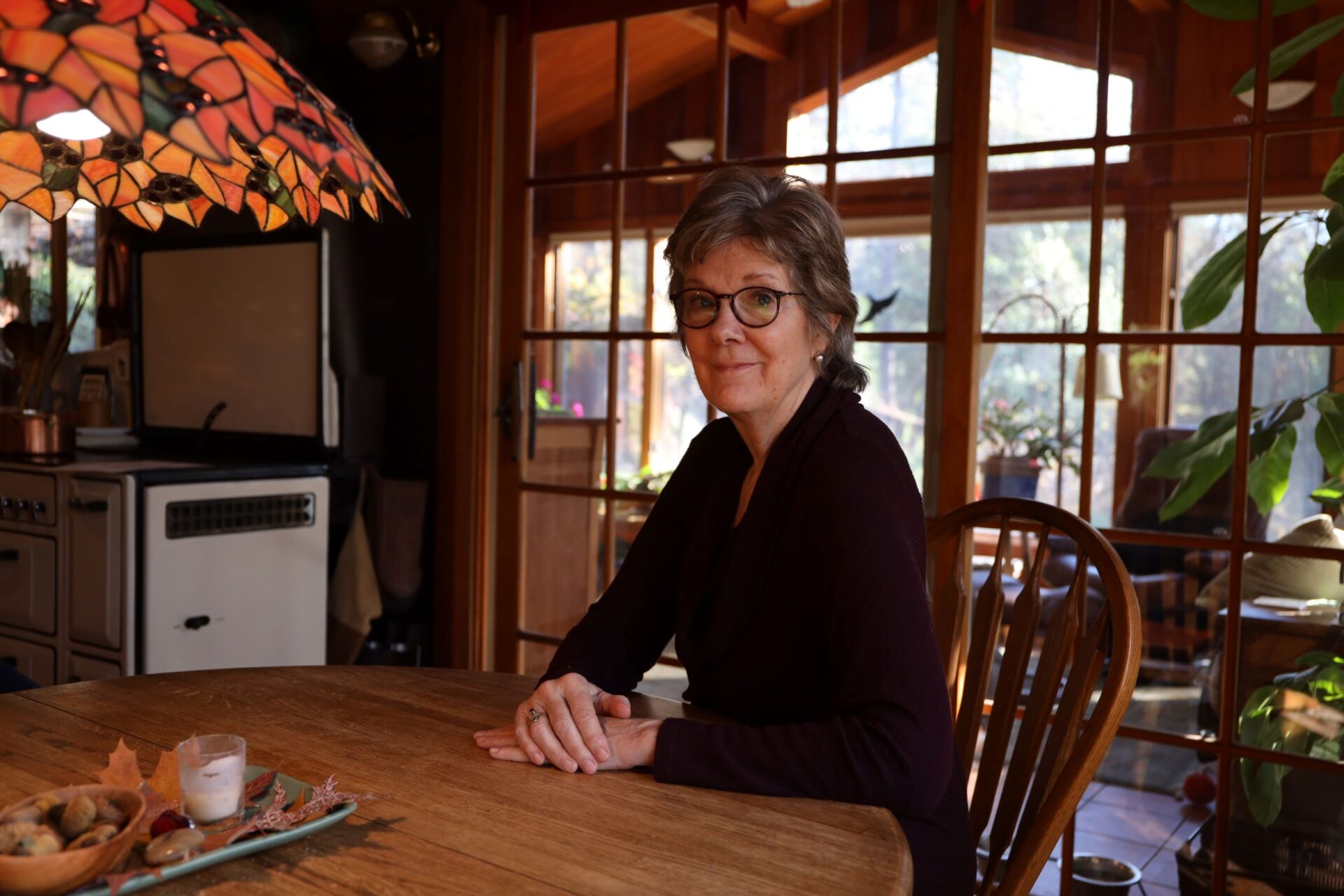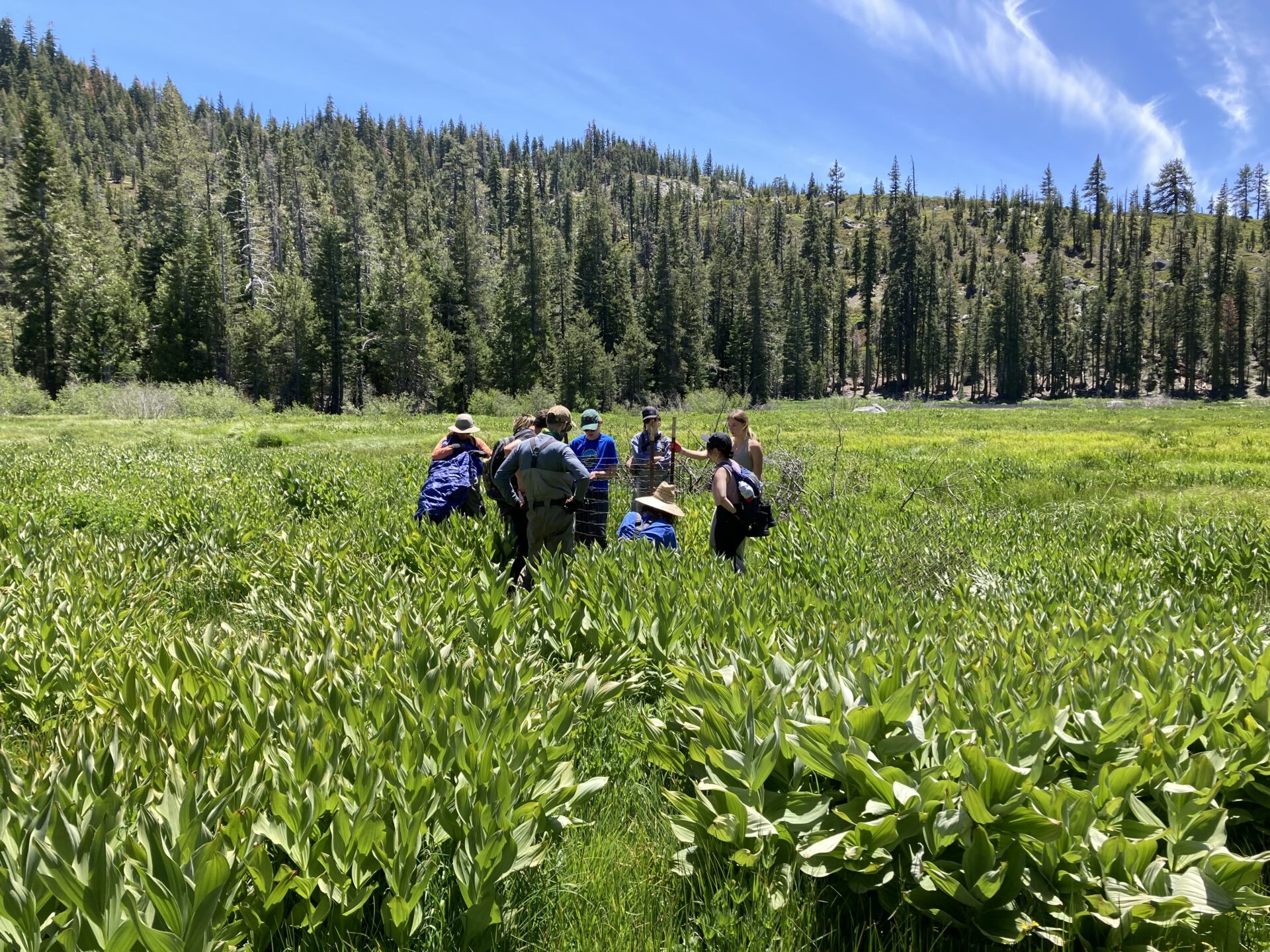Interview with Heart Wood author, Shirley DicKard
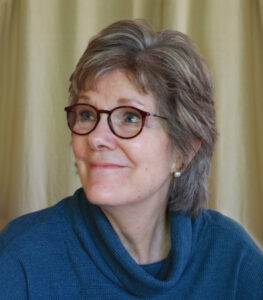 Heart Wood: Four Women, for the Earth, for the Future is an engaging novel that sews together the stories of four women by interweaving the deep past, Gold Rush era, our present time, and late 21st century with a dystopic future. Each character connects with the land on which she lives to know it; each organizes people to protect it. Together, these stories speak “to the collective power of feminine energy to protect the Earth” in a manner that inspires hope.
Heart Wood: Four Women, for the Earth, for the Future is an engaging novel that sews together the stories of four women by interweaving the deep past, Gold Rush era, our present time, and late 21st century with a dystopic future. Each character connects with the land on which she lives to know it; each organizes people to protect it. Together, these stories speak “to the collective power of feminine energy to protect the Earth” in a manner that inspires hope.
We recently sat down with the author of Heart Wood, Shirley DicKard.
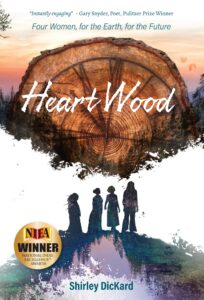 SYRCL: What inspired you to write Heart Wood, which functions so beautifully as an activist text?
SYRCL: What inspired you to write Heart Wood, which functions so beautifully as an activist text?
DicKard: To be honest, I never intended to write a novel. Heart Wood started as a family history project. I was researching the life of my pioneer activist great-grandmother (Emily Hoppin, 1854-1915, Yolo County). She had a great love for the earth and was one of those people involved in every cause that protected women and the land. I began to see parallels with my own “back-to-the-land” life here in the Yuba Watershed. From the 1970s, my husband Richard and I raised our two daughters and our food on a small 12-acre homestead near the Middle Yuba River.
The book evolved into a fictional conversation with my great-grandmother where we contrasted our experiences of living nearly 100 years apart yet focused on similar outcomes — living close to the land, building strong communities and families.
Then, overnight, everything changed. Standing by my bed in the wee hours of the morning was an apparition of my “great-granddaughter Amisha” from the future. She told me that if I was going to write about the past and the present, then I must include the future — for everything we’re doing and not doing is creating the future world in which she is living. She was asking for help. I woke up knowing that this is the book I would write.
Q: The book is set here — in the Yuba River watershed — a place many of us know well. This makes the dystopian future you create feel uncomfortably real, especially as we coped with another year of drought and extreme fire danger this summer. What did you draw upon to imagine this world two generations from now?
A: My intent was to project today’s trends into the future and experience what life might be like if we didn’t turn things around. I imagined living in a world with little water, pervasive wildfires, unstable weather, increased chronic diseases, decreased fertility, and artificial intelligence inescapably infused into every aspect of our lives. With the help of SYRCL staff, I studied future projections (such as California’s Fourth Climate Change Assessment and Cal-Adapt) for end-of-the-century scenarios for wildfires, water supplies, sea levels, and public health and I incorporated them into Heart Wood‘s future.
Ten years ago, the dystopic future I projected seemed a long way off. Like many readers, I wasn’t prepared for how swiftly the trajectory would accelerate. Because the dystopic future is so unsettling, a few readers said they had to put the book down for a while. But I’ve also been told that the ending was one of the most satisfying they have experienced.
Q: How has your history and experience working to protect this watershed influenced the tactics the characters in your novel use?
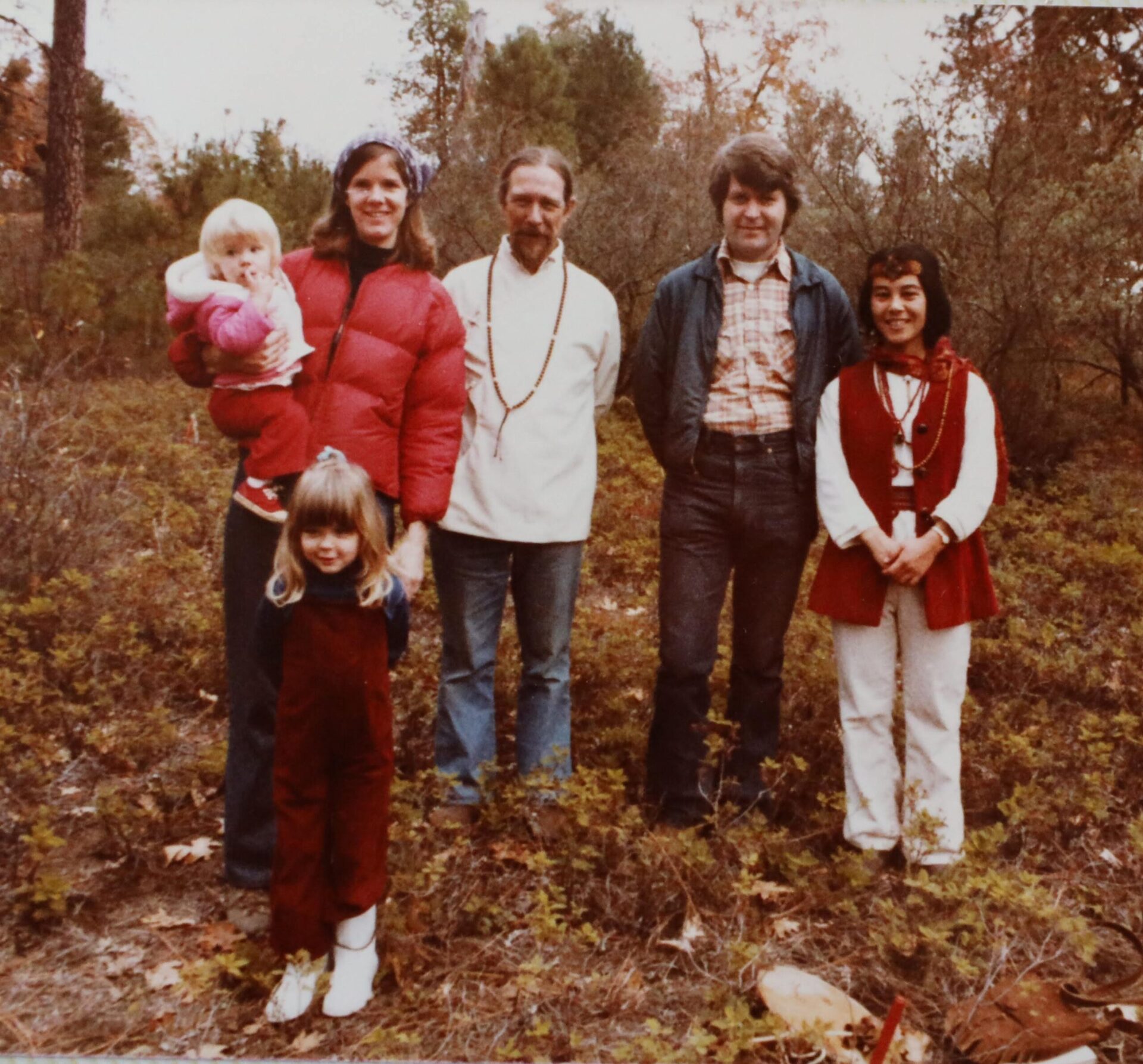
A: Back in the 1970s when we first moved here, the poet Gary Snyder told a gathering that it was vital we live in one place a long time so we can be there to notice the changes and to speak for the earth. Forty-three years later, we’re still here. Richard and I have been SYRCL members since the mid-1980s when a dam was first proposed for the South Yuba River. Back then, the river was not designated “Wild and Scenic” and we knew it had to be protected.
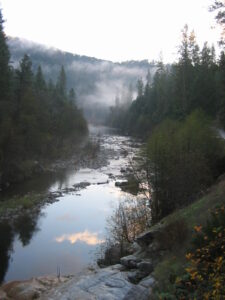
In 1999, we protested another dam proposed for the Middle Yuba River to staunch flooding in the valley. With SYRCL’s blessing and support, locals formed “MYRACL” (Middle Yuba River Area Citizens League). Eventually, the dam was taken off the list, but we still keep our eyes on it! I wrote this event into Heart Wood as backstory.
More recently, the proposed Centennial Dam mobilized a much wider array of citizens and environmental organizations. After attending local meetings and interviewing activists for their perspective and accuracy, I incorporated the concept of “dams — a 19th century answer to a 21st century problem” into my novel. However, in Heart Wood, I let them build the dam, then visited it in the future to see the consequences of focusing on a single, massively expensive approach to water conservation during droughts. In the future, the character Amisha survives because of a different relationship with water.
I feel that while persuasive facts can inform, fiction has the power to inspire activism through a much deeper emotional resonance.
Q: What tactic(s) do the characters use that you want people to learn from or take away with them?
A: Listen to the silence is perhaps the most important. This may seem simple, but we have so much external competition for our attention and energy that it’s easy to overlook our deeper sources of support. In the silence, one can access all manner of help — seen and unseen. What may feel like a nudge or intuitive sense may actually be the past or future tapping us on the shoulder. This wisdom is available to us, but we must clear the decks to listen. How? Meditation, quiet walks, dreams, even mindless activity that puts us in the flow and out of our thinking brain. The present-day character, Harmony, was so externally absorbed with fighting for the earth’s cause that she never heard what the silence offered.
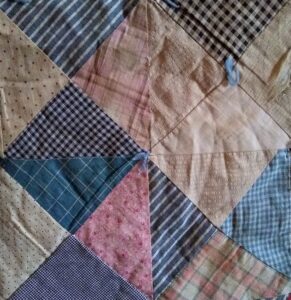
Working in triads is a tactic that came to me in such a quiet time. I had been struggling with how to portray the feminine approach to decision making and getting things done versus the more traditional masculine approach of top-down hierarchy. Having written myself into a corner, I went to bed. In the wee hours of the morning, I awoke with the image of triangles–a concept I recalled from my organizational development work. This is how women work–communicating, circulating, collaborating within a triad. Each person is connected to two others, forming a triangle that can independently problem-solve and move forward. It’s as stable as a three-legged stool. You can then connect triads together (like a geodesic dome) into a larger organization. In Heart Wood, I used the metaphor of Eliza working on a triangle-patterned quilt in the 1800s. Perhaps readers can think of times when they’ve worked well in groups of three. How can we apply this to our work today?
Read Heart Wood: If you would like to purchase your own copy of Heart Wood or give it to a friend, family member, or loved one, it will be available at the Film Fest. It can also be purchased or ordered from your local bookstore and online here.
To read more about Heart Wood, visit www.shirleydickard.com
Save the Date: If you want to hear Shirley talk more about her work, you can join a Fireside Chat with her at the Golden Era Lounge, 3-4 PM on Sunday, January 16th, in Nevada City.
Did you enjoy this post?
Get new SYRCL articles delivered to your inbox by subscribing to our ENews.

